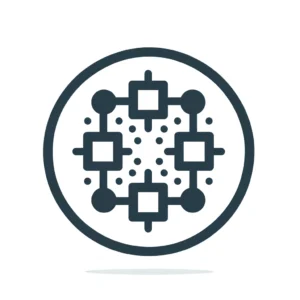“`html
Tezos has officially activated its 18th protocol upgrade, known as Rio, marking a significant step forward in the blockchain’s Tezos X roadmap. This upgrade, approved through the network’s on-chain governance process, reflects the collaborative efforts of validators and community members. The changes introduced aim to enhance staking flexibility, promote growth on Layer 2, and strengthen the network’s validator framework.
Shorter Staking Cycle for Improved User Experience
One of the standout features of the Rio upgrade is the reduction in Tezos’ cycle length, which has been shortened from approximately three days to just one. This adjustment significantly reduces the waiting time required for users to move funds between staking and other network activities, such as interacting with decentralized applications (dApps).
The shorter cycle is expected to improve the overall user experience across Web3 services, making staking more accessible and responsive. Protocol developers have indicated that future upgrades may further reduce unstaking wait times, enhancing the platform’s appeal to both new and experienced users.
Enhancing Scalability with the Data Availability Layer (DAL)
Rio also marks progress in the adoption of the Tezos Data Availability Layer (DAL), initially introduced on the mainnet with the Paris upgrade in 2024. The DAL significantly boosts scalability by increasing the volume of transaction data that can be published on-chain by up to 4,000 times. This development is particularly beneficial for rollup-based applications, such as Etherlink, as it reduces operational costs and enhances efficiency.
To encourage adoption, Rio allocates 10% of baking rewards to bakers who actively participate in the DAL. This direct incentive promotes Layer 2 scaling and ensures that the network continues to evolve in alignment with user and developer needs.
Strengthening Network Reliability and Validator Performance
In an effort to bolster network reliability, the Rio upgrade introduces stricter inactivity thresholds for bakers. Under the new rules, bakers who remain unresponsive for more than two days are marked inactive and temporarily lose their consensus rights. This proactive measure is designed to mitigate potential slowdowns and improve the network’s overall resilience.
The upgrade also reinforces Tezos’ commitment to its self-amending upgrade model and community-driven governance. Rio was collaboratively developed by Nomadic Labs, Trilitech, and Functori, further showcasing the ecosystem’s dedication to innovation and scalability.
Key Takeaways for Investors and Developers
The activation of the Rio upgrade underscores Tezos’ position as a forward-thinking blockchain platform. Key benefits of this update include:
- Faster staking cycle, reducing wait times for users and enhancing accessibility.
- Improved scalability via the Data Availability Layer (DAL), supporting high-volume transaction data and cost-efficient rollups.
- Stricter validator performance standards, ensuring a more reliable and secure network.
- Incentives for bakers to support Layer 2 scaling, fostering ecosystem growth.
As Tezos continues to implement its roadmap, these upgrades are expected to attract more developers, investors, and users to the platform, solidifying its role in the evolving blockchain landscape.
“`























